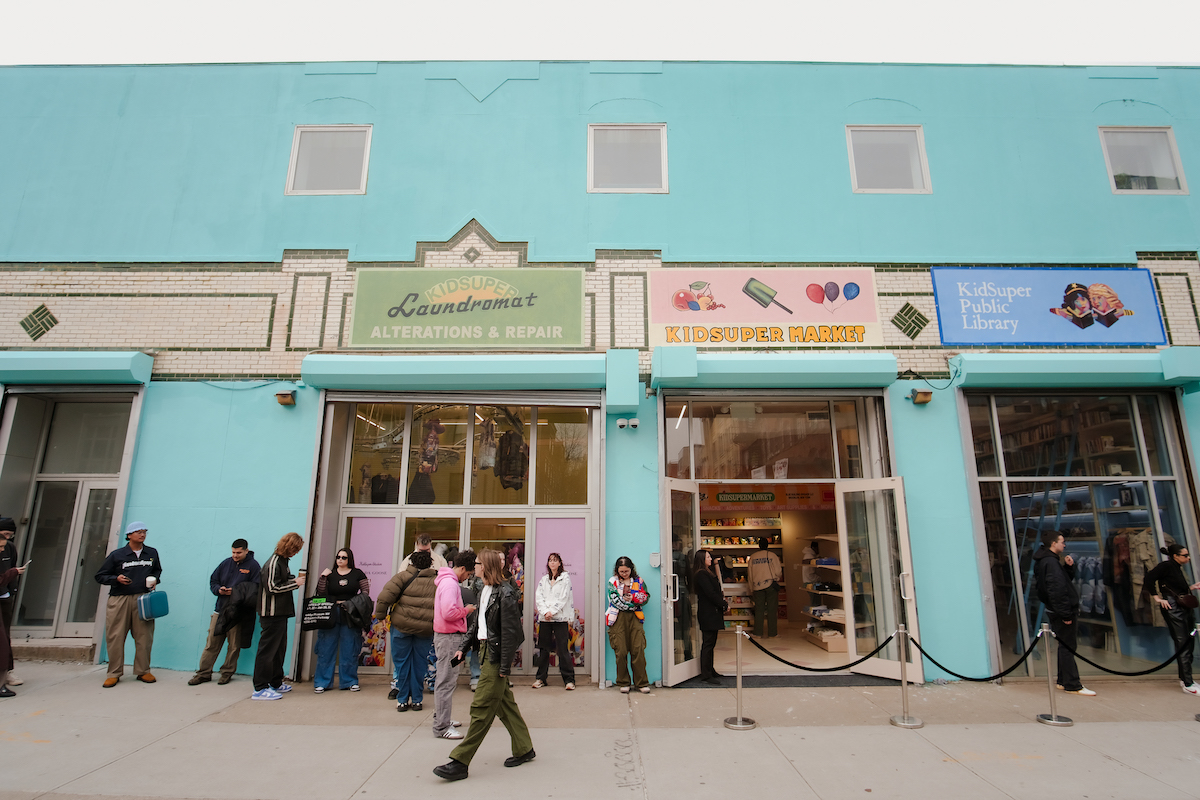For decades, the designer Andre Walker has kept his ear to the ground, gaining an instinctual understanding of the fashion industry. Growing up in Brooklyn in the 1970s, he was immersed in glossy magazines and sundry boutiques, drawing inspiration from dynamic people seen in each. As a teen, he began creating T-shirts to sell outside his mother’s beauty salon and at locally organized fashion shows.
In New York, London, and Paris, he has consulted and designed for the likes of Marc Jacobs and Kim Jones. After Jones introduced him to Adrian Joffe and Rei Kawakubo of Comme des Garçons, Walker created an exclusive collection under the name And Re Walker for Dover Street Market. Recently, he has designed Yves Salomon’s yearly “Pieces” collection—a line created with unused and surplus fur from its existing supply and archive.
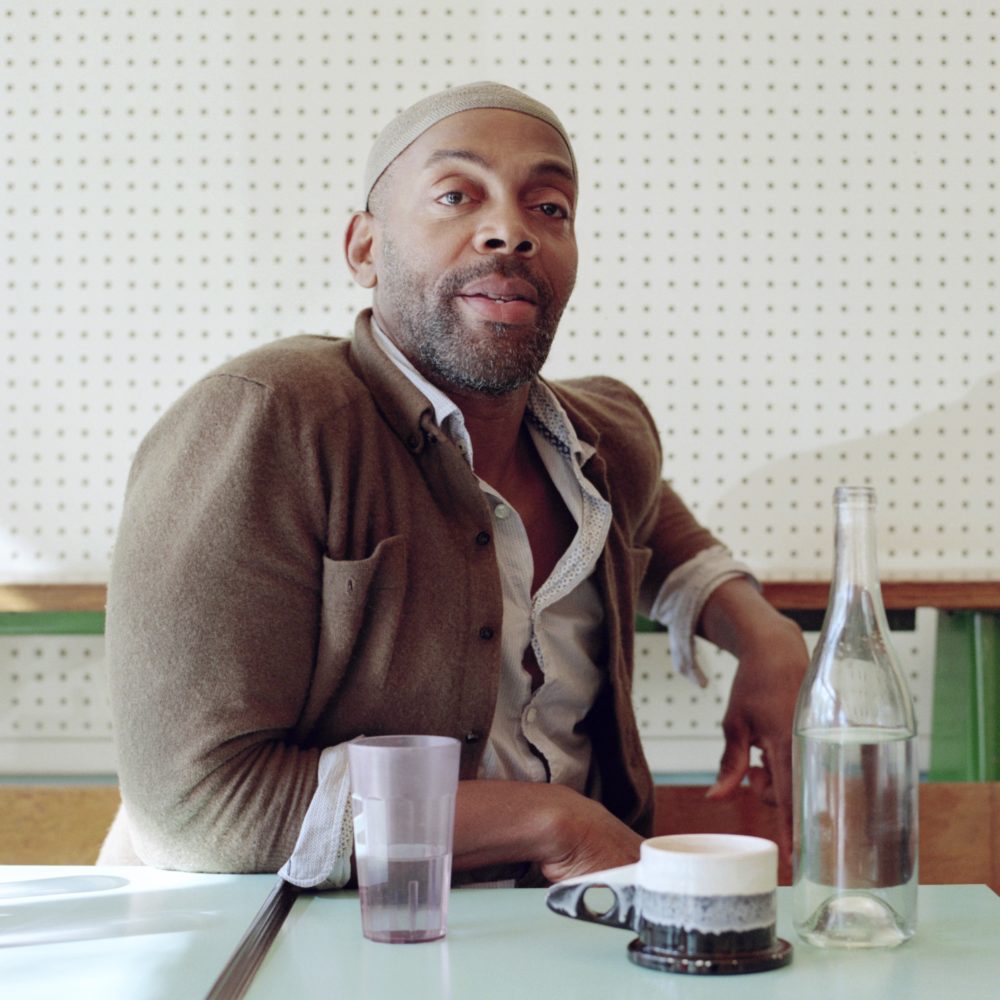
Portrait by Jody Rogac.
Whitewall spoke with Walker, who is currently creating new designs for Virgil Abloh’s label OFF-WHITE, expected to launch next year.
WHITEWALL: Tell us about your early years in fashion—from selling hand-painted items in Brooklyn as a teen to launching your first collection.
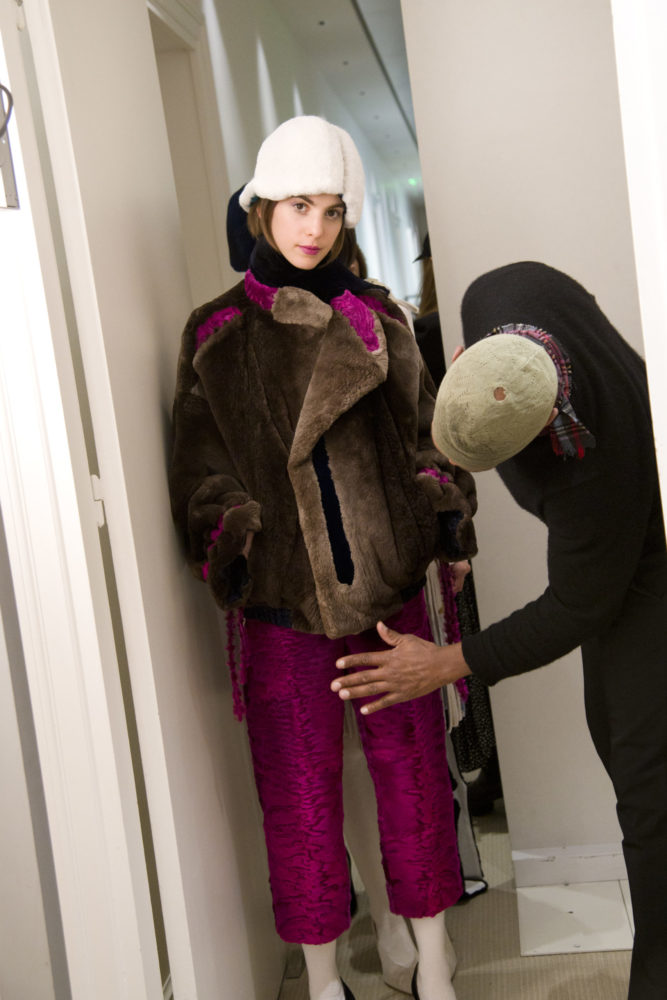
“Pieces” collection by Andre Walker for Yves Salomon, courtesy of Yves Salomon.
ANDRE WALKER: My mom owned a beauty salon in Brooklyn on Church Avenue. We would visit Manhattan for clothes shopping and culture gigs—like going to the Met museum and to the movies—with her then best friend Lorna. Working our way from uptown to downtown, we almost always ended up in the West Village for surplus clothing shopping, eats, and people watching. I noticed the style of everyone along the way and was taken with people wearing T-shirts that were in some way cut, knotted, or printed. That was my “aha” moment.
I was already purchasing art supplies and loved buying T-shirts, and started cutting and painting them and selling them outside my mom’s salon to passersby and some of her customers. It evolved from there, as I would meet people and eventually make friends with some who invited me to show T-shirts and designs in neighborhood club shows.
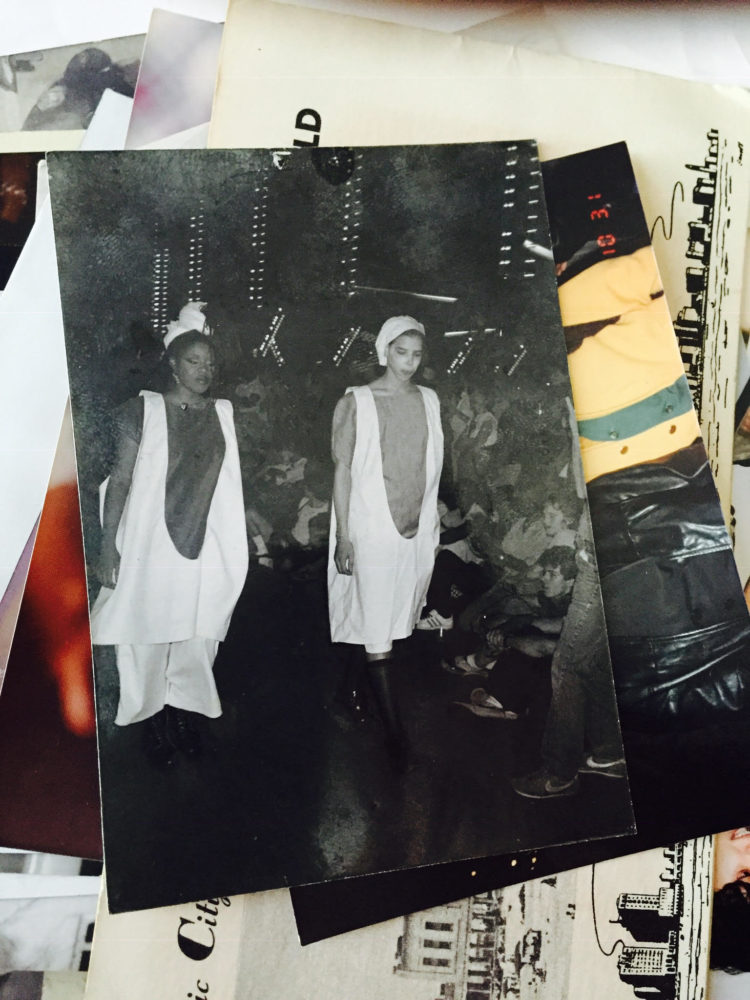
Rhonda Lewis and Richard Alvarez modeling Andre Walker’s Paper Bag tunics at Ruza “Kool Lady” Blue’s Friday Night at the Roxy in 1983, courtesy of Andre Walker.
Fashion shows had a weird suburban offspring culture everywhere at the time. It seemed that everyone and their cousin would be assembling or organizing a fashion show of some kind with store-bought or self-owned garments. I was born in London and visited every summer for school vacation, and I’d been reading W since 1976. So, I was pretty aware of what I wanted.
WW: How did it evolve from there, later working with designers like Kim Jones and Marc Jacobs?
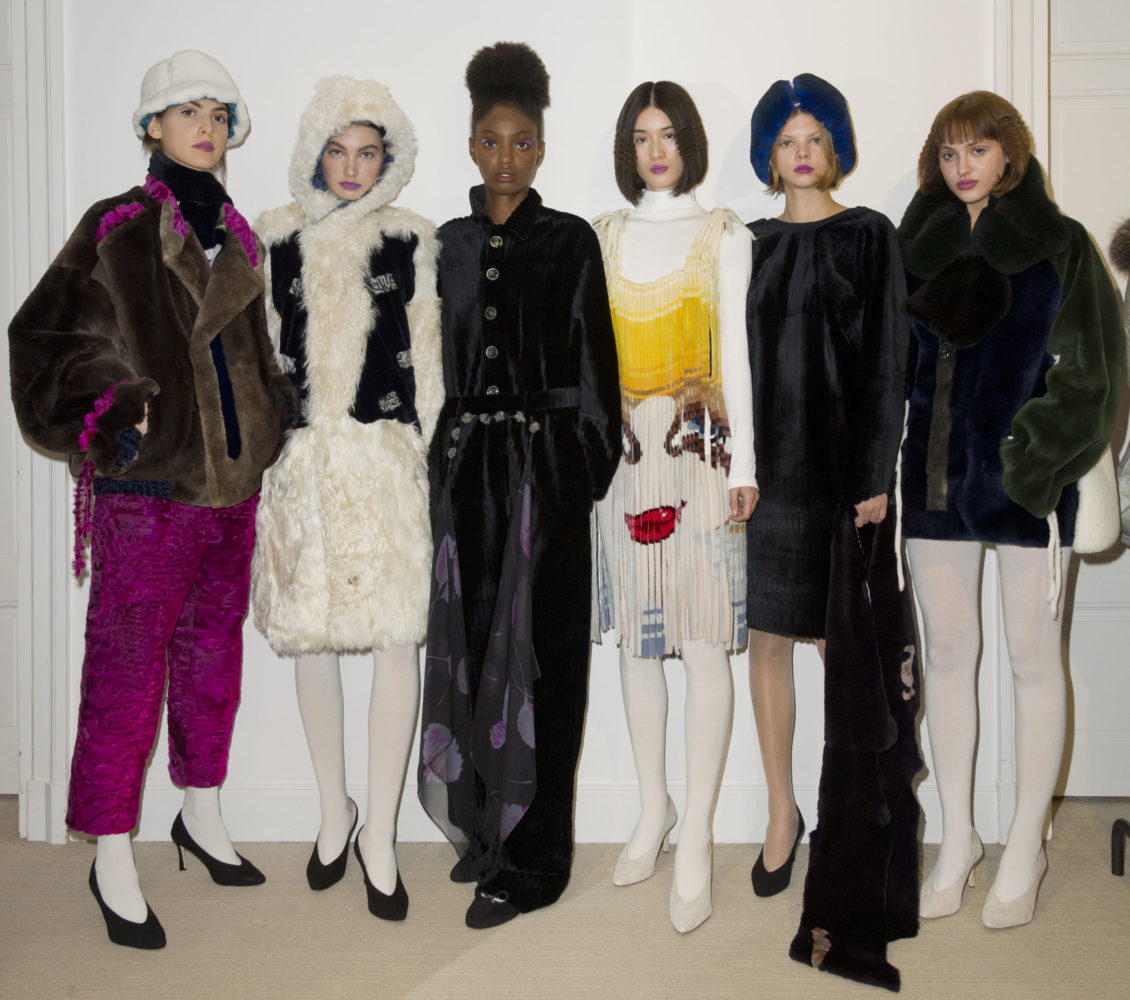
“Pieces” collection by Andre Walker for Yves Salomon, courtesy of Yves Salomon.
AW: At 15, I found a network of alternatives who invited me to go clubbing. The array of characters I met from school and clubbing led me to want to create my own spectacle. In 1980 and ’81, I accepted an offer to have my own show first at a Brooklyn club called Oasis.
I met Patricia Field at her store a bit later, and somehow we decided to work together. My New York connections in SoHo—from WE2 (World’s End, Vivienne Westwood’s U.K. store) to Susanne Bartsch—eventually ended up with me showing a collection of machine-sewn garments in 1982 at Ruza “Kool Lady” Blue’s Friday Night at the Roxy and another at Danceteria. Bill Cunningham reported it in Details, and by the time I was 17 or 18, The New York Times Sunday paper included me in a feature shot by Steven Meisel, through Pat Field. Ever since then, I was known as a fashion designer in New York.
Marc Jacobs and I knew of each other because of the scene, clubbing and fashion. Kim Hastreiter and I were hanging buddies since 1982 or 1983, I believe. And in the latter part of the nineties I met and started working with Marc while living in Paris. He had just started his Vuitton venture. I met Kim Jones through my friend Karen Binns in 2003 in London, and we started working together soon after, with Kim creating a position for me as in-house design consultant based on my activities and early naughts with Marc. Kim introduced me to Adrian Joffe and Rei Kawakubo when they were founding Dover Street Market New York, which saw them incept a collection for me, produced and distributed by Comme des Garçons.
After CDG, I started a project to account for some of the work from my teenage, self-taught methodology and asked Lucien Pagès to navigate the communication. The collection was called “Non Existent Patterns” and shown in Paris in 2017 at the Museum of Decorative Arts.
WW: What artists and designers are inspiring you today?
AW: I am inspired by Phillipa Horan, Sylvie Auvray, my sister Sandra, and the effects of postmodernist philosophy and technology on our current culture. Mob culture and observing how people think collectively, and otherwise, is also a current obsession. I love Fauvism and Ab-Ex art, and love the work of Adrian Piper and Bodys Inglesek. James Ensor and Egon Schiele are also favorites. David Hammons, Arthur Jafa, and many others, too.
More than anything, I’m in love with the idea of creation itself and am fascinated by artists who overtake it somehow and bring it to their own will. That’s what I try to do with my work.
WW: A few years ago in an interview, you mentioned that the world is out of sync with the reality of its resources. What needs to change in the fashion industry?
AW: It shows how nearsighted the fashion world has been, and serves as a reflection of much of the product making within the industrial consumer complex, which serves the free market model currently in place. The real truth of this obsession with sustainability and accountable evaluation of resources is that it undermines, in the best way possible, the underlying goal of most corporate economic incentives: growth.
If you look at growth from the viewpoint of humanity, you find it is finite. Looking at growth from a purely numerical perspective will always bring about a deficit in lucidity, as it is humanity which governs the guidance of consumption and not vice versa. Hopefully, people will realize the truth about where we live, reflect deeply while embracing convenience and innovation, and make clever decisions about what’s necessary. With the advent of robotics and automation on the verge, this will surely prove a huge challenge.






